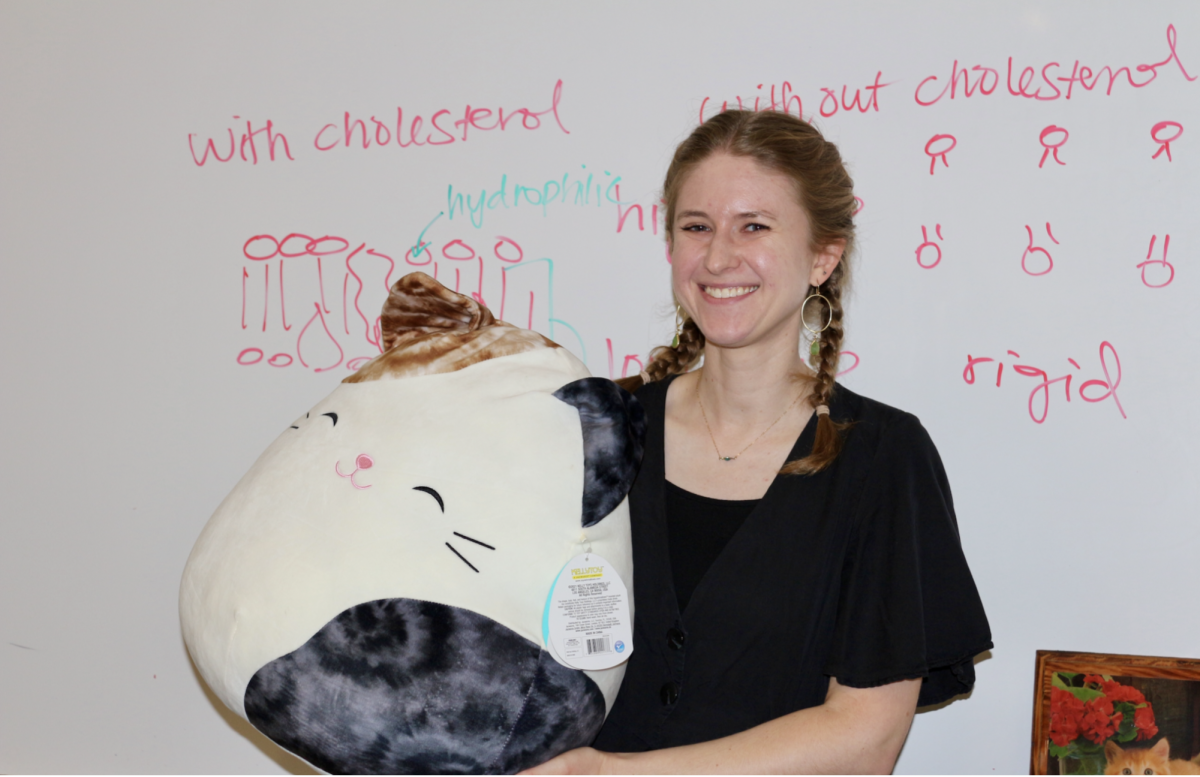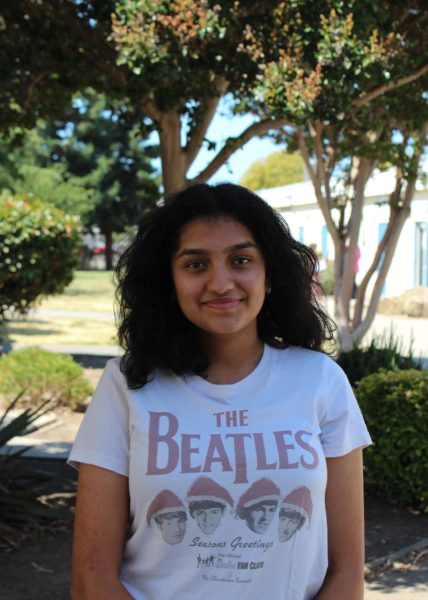Yom Kippur, considered to be the most holy day of the Jewish calendar, is known as the day of atonement. It is an observance, rather than a celebration — much different from Jewish New Year — Rosh Hashanah. Yom Kippur falls on the tenth day of Tishrei, the Jewish month. The day marks a time of purification, where observers reconcile with God and purify their souls by asking forgiveness for their sins, fasting from sunrise to sunset, wearing white clothing, and abstaining from luxuries and pleasures. Ariela Koehler, a teacher of AP Biology and Living Earth, talks about her experience with Yom Kippur growing up. “Throughout the year, every time I feel like I did something wrong — maybe I wasn’t honest to myself, maybe I could have reacted better — I would go home, take a small bean, and put it inside of a jar. On Yom Kippur, I would take each one out and ask myself: why do I have so many? What are the things that I could have done to be better?” On Yom Kippur you also give grace to yourself for your mistakes, releasing them to revitalize your soul.
“My mom and I would go on walks around the neighborhood to find a flowing body of water, and cast either dried leaves or bread crumbs into the stream. These were supposed to represent your transgressions or sins. Sometimes, I would cast the dry beans into the water. I would see it flow away, and it’s like a cleansing,” Koehler recalls. “Over the years, I have learned how to balance my Jewish heritage with the other aspects of my life. I remember one time in college, I had a midterm scheduled on Yom Kippur. I told my professor that I can’t take this midterm because it’s on the most holy day of the year. And the professor said something along the lines of choosing what is more important to me.” Regardless of your ethnic and religious background, everyone can learn something from this observance, “it is good to reflect, keep ourselves honest, and learn how to be better people,” Koehler concludes.






